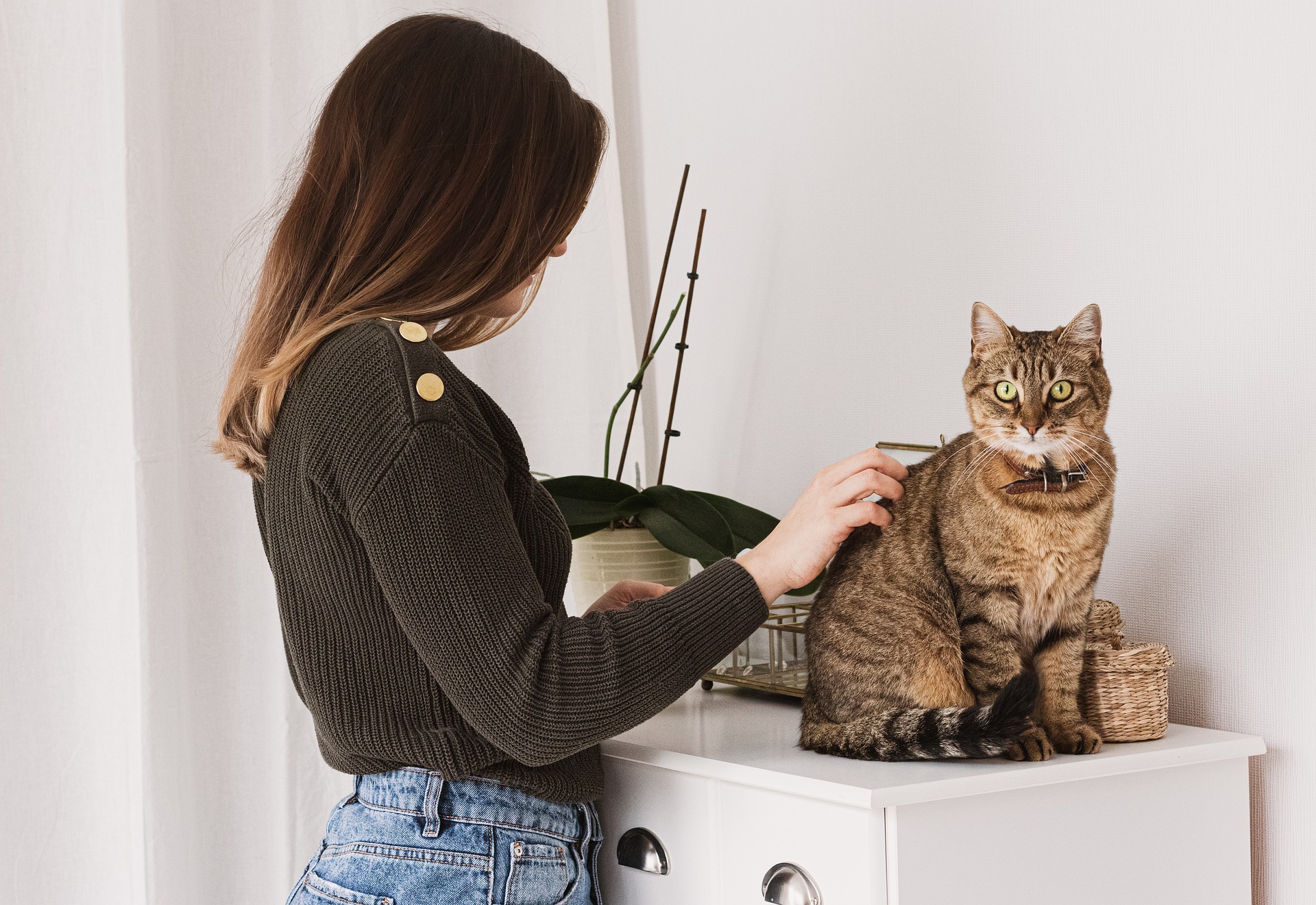The Intricacies of Feline Communication: Decoding Cat Behavior
Feline communication is a fascinating and complex topic that pet owners are often eager to understand. By understanding your cat's behavior, you can form a stronger bond and provide better care for your feline friend. Read below to delve into the world of feline communication and learn how to decode your cat's behavior.

Deciphering Cat Body Language
Cats communicate primarily through body language. A relaxed cat often has its tail up and ears forward, while an agitated or scared cat might arch its back, flatten its ears, and puff up its tail. Additionally, a cat lying on its back may be a sign of trust and comfort, but it can also indicate defensiveness, especially if the cat’s claws are exposed.
The Art of Cat Vocalizations
Cats have a wide range of vocalizations, including meowing, purring, hissing, and growling. Meowing is typically a way for cats to communicate with humans, while purring can indicate contentment or, in some cases, discomfort or stress. Hissing and growling are usually signs of aggression or fear.
The Significance of Scent Marking
Cats have scent glands on their cheeks, paws, and other parts of their body. They use these to mark their territory by rubbing against objects or people. If your cat rubs against you, it’s a sign of affection and marking you as part of their territory.
Understanding Kneading Behavior
Kneading, or “making biscuits,” is a behavior cats inherit from kittenhood. It’s a sign of contentment and comfort, as kittens knead their mother’s belly to stimulate milk production. If your cat kneads you, it’s a sign that they feel safe and happy.
Interpreting Play and Hunting Behavior
Play behavior in cats often mimics hunting behavior. They may stalk, pounce, and “kill” their toys. This behavior is natural and helps cats hone their hunting skills, even if they’re indoor cats. However, it’s important to provide appropriate outlets for this behavior to prevent them from becoming bored or frustrated.
Useful Tips and Facts:
- Cats often communicate through slow blinking, which is a sign of trust and affection. You can return this gesture to show your cat you feel the same way.
- Not all cats meow. Some breeds, like the Maine Coon, are known for their chirping and trilling sounds.
- A cat’s whiskers are also a part of their body language. Forward-facing whiskers indicate interest or excitement, while pulled back whiskers can indicate fear or aggression.
- Cats often sleep with their owners as a sign of trust and affection. However, if your cat suddenly starts sleeping more or less, it could be a sign of illness and should be checked by a vet.
- A cat’s tail can tell you a lot about their mood. A straight-up tail indicates happiness, while a low or tucked tail can indicate fear or submission.
In conclusion, understanding your cat’s behavior can greatly enhance your relationship with them. By paying attention to their body language, vocalizations, and other behaviors, you can better understand their needs and emotions. Remember, each cat is unique, and it may take time to fully understand their individual communication style.




